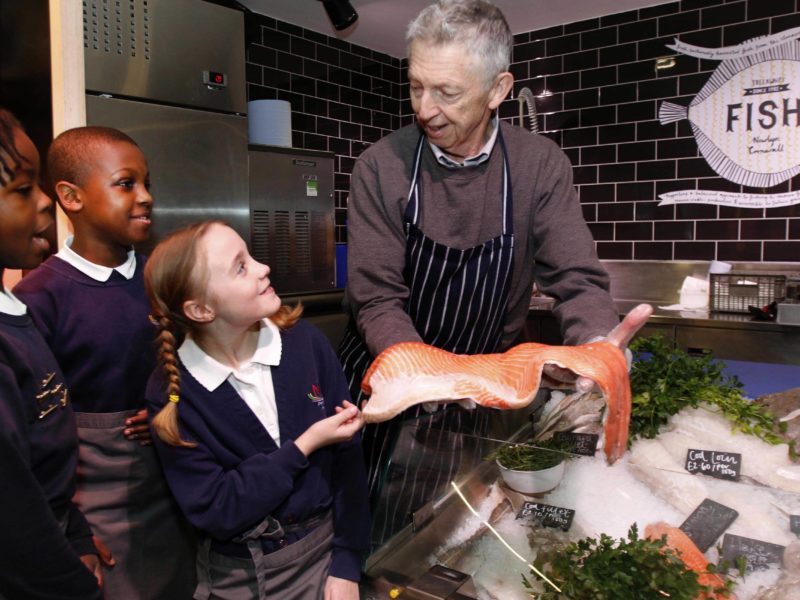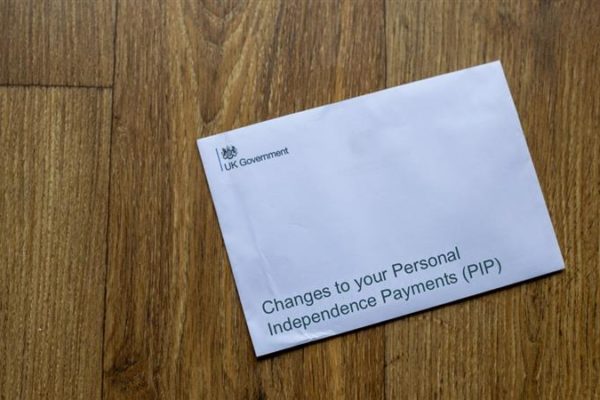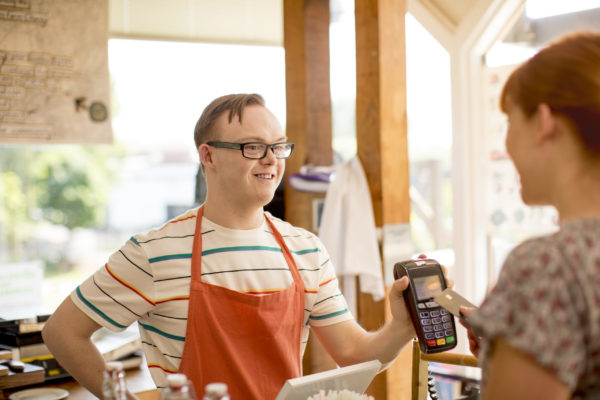Just over one year on since the Resilience and Recovery Loan Fund launched, our CEO Nick Temple reflects not just on the figures, but also on the strength of partnerships we built, and how we’ll be taking our learnings forward into our successor loan fund.
30 June 2021
The Resilience and Recovery Loan Fund – One year on

Nick Temple
CEO
It does not seem like well over a year since the plan was hatched for the Resilience and Recovery Loan Fund (RRLF), but it is, and the Fund has now officially closed after our last investment committee a week or so back completed the final approvals from the applications that came in ahead of the 1 April 2021 deadline. It’s been quite the thing, and although people rightly say that numbers don’t tell the whole story, I think in this instance they give a flavour.
- £24m: the total investment amount successfully approved from the £25m from Big Society Capital
- £3.9m: the total grant amount approved from the £4m emergency grants from Access
- 7: the number of social investment partners who helped us design and then deliver the fund (Big Issue Invest, CAF Venturesome, Charity Bank, Resonance, Social and Sustainable Capital, Social Investment Scotland and the Wales Council for Voluntary Action)
6 weeks
77
38
When we set out on establishing the Fund back in March 2020 to make the Coronavirus Business Interruption Loan Scheme (CBILS) more accessible to charities and social enterprises, we set out three main underlying principles of operation:
- Put the customer at the centre – so we emphasised responsiveness, proportionate process and clarity of communications.
- Work in open partnership – we designed the investment process together with our partners, and worked out a fair cost structure for their time; and the openness was reinforced by our live and public dashboards.
- Review and adapt – we knew that (without wishing to go full Rumsfeld) we didn’t know what we didn’t yet know; and that we would need to change and flex as things happened in the pandemic.
In retrospect, these three principles worked out quite well. Of the 77 deals, the vast majority have been disbursed, and many received money in their accounts within weeks of applying; and we retained the basic simplicity of the product and process throughout. The partnership was effective, even as some drifted away (supporting the sector with their own funds and grant schemes) and some joined – given the challenges everyone was facing at the time, I’m extremely proud of how we all worked together, and am confident this will lead to much more work together in future.
The flexibility was arguably most important principle of all: the guarantee scheme got extended several times, we added an emergency grant scheme from Access alongside after a few months (to allow the fund to support a more diverse range of applicants), the British Business Bank changed some of their eligibility requirements on trading for charities – and that’s all before we take the external context into account. At first, we thought we might need nearer £100m (and many foundations were prepared to step up and help), but that was before furlough got extended, government support got announced, and several emergency response grant schemes helped support the sector. So, a lot changed in the course of one fund, and it’s a testament to our main investors and our delivery partners that they were able to respond with us to those changes on the way.
Lots of people deserve thanks and recognition. Jeremy Rogers, Rebecca Macdonald and Gabriel Ng at Big Society Capital for being exceptional and supportive throughout. Seb Elsworth, Neil Berry and Ana Van Bilsen Arias from Access for acting so swiftly and flexibly; all the delivery partners, with a special mention for Chris Tweedie at Charity Bank and Kevin Lloyd-Evans at Big Issue Invest who were with us throughout; the lawyers at Weil who helped so much throughout the year behind the scenes (and to BatesWells and Hogan Lovells who helped us get set up so quickly); and the great team at British Business Bank working under extraordinary pressure. Special kudos to the investment committee – Richard Pelly, Hugh Rolo, Rebecca and Gabriel, and Nas Morley – for their time, energy, and expertise. And finally, to the SIB team and board without whom none of it would have happened: especially to Rob Benfield and the whole investment team.
Of course, our focus has been on the charities and social enterprises throughout – and it remains so. We’ve supported a wide range of organisations across the country: from care providers to community leisure; from autism charities to early years social enterprises; from those supporting the homeless to those supporting vulnerable young people. And our job now is to be what we always aspire to be as an investor: understand the organisations we support, be patient and flexible with their individual journeys, and help to strengthen their resilience to make a bigger difference.
Which brings me to what we do now. We think we’ve learned a huge amount from creating and operating the RRLF, and we are building a successor fund that seeks to take the best of that first fund, but improve upon it in different ways. So, we want to make the guarantee accessible to the social sector again, and we want to work in open partnership; we also want to retain the simplicity and clarity of the product we are offering. But we will also seek to both remove barriers for groups of organisations that struggled to access the first fund and to prioritise and weight activity in sectors and geographies most affected by Covid; and this will be part of building more patience and flexibility into the fund as a whole.
We have already seen many resilient and enterprising charities and social enterprises begin to adapt and re-develop their activities for the post-Covid recovery. At Social Investment Business, we will be doing everything in our power to provide the appropriate finance and support that helps them make that recovery fairer, more equitable and more effective for those who need it most.
Photo by Gloucestershire Gateway Trust – an RRLF investee




